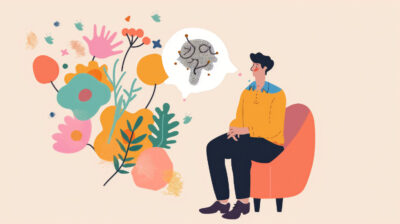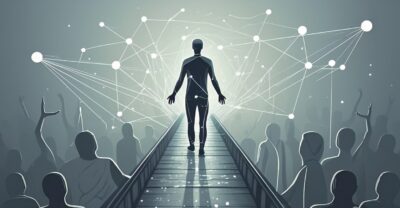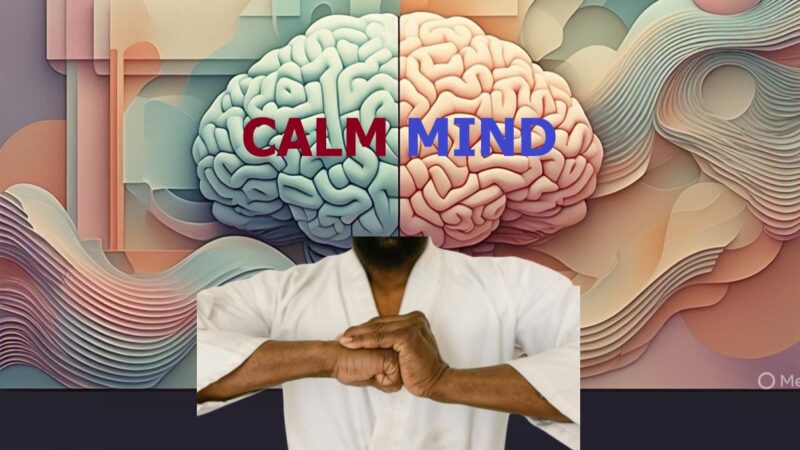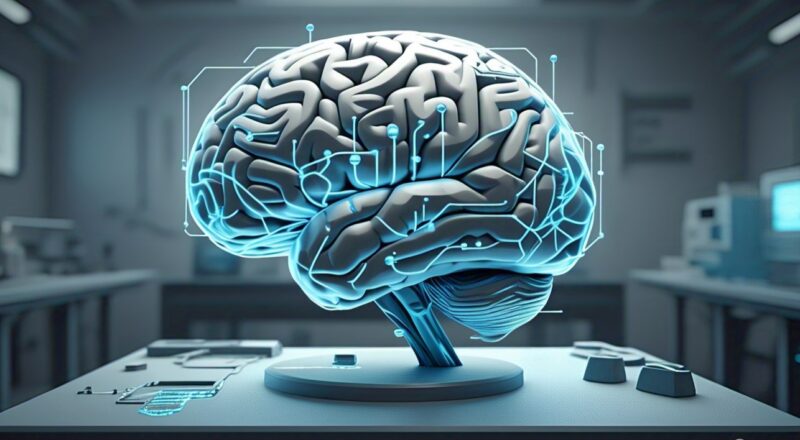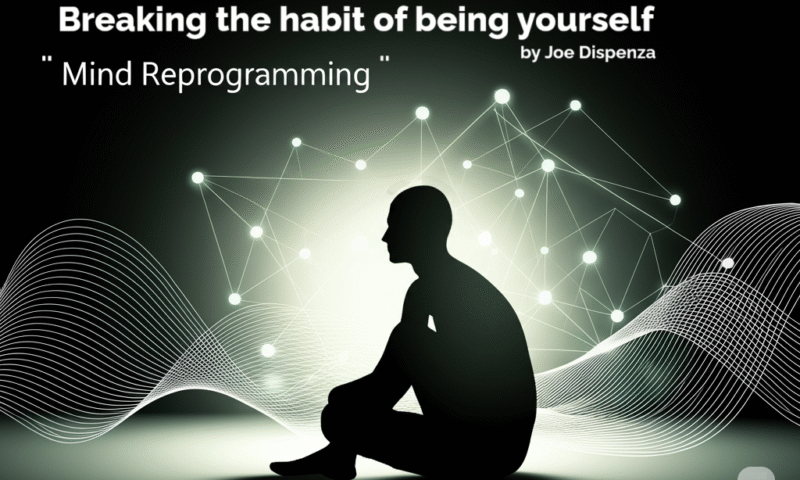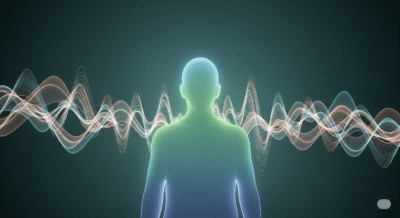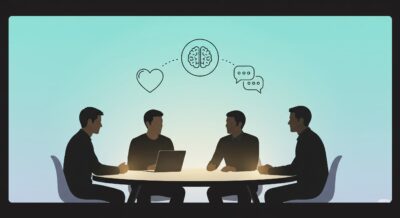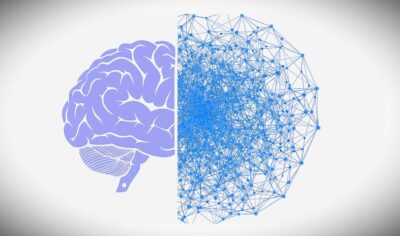Introduction
Have you ever pondered AI vs Human Intelligence and wondered which truly excels in understanding, reasoning, and adapting? Imagine walking through your daily life and encountering tasks—from recognizing a friend’s face in a crowded market to solving a complex puzzle—then comparing that experience to how a machine learns and performs similar tasks. This article ventures deep into that comparison by guiding you step by step through each facet: from foundational definitions to ethical implications, all while providing real-world insights. By the end, you will not only grasp the nuanced distinctions between artificial and human minds but also discover practical takeaways that can help you make informed decisions—whether you’re an educator seeking to integrate AI tools responsibly or a curious individual aiming to understand potential opportunities and risks. Prepare yourself for a rich exploration filled with fresh perspectives, evidence-based examples, and clear explanations that build logically from one idea to the next.
Table of contents
1. Fundamental Definitions
1.1 Defining Artificial Intelligence
To understand AI vs Human Intelligence, you must first grasp what artificial intelligence (AI) entails. In straightforward terms, AI refers to computer systems designed to perform tasks that typically require human intellect. These tasks include pattern recognition, decision-making, and natural language understanding. For instance, when an algorithm recommends a book based on your past purchases, that is AI leveraging data-driven models.
- How AI is created:
- Researchers collect and label large datasets—such as images annotated with objects, text labeled by sentiment, or audio clips transcribed manually.
- Engineers select or design an algorithm (e.g., a neural network, decision tree, or statistical model).
- They train the algorithm by feeding it data, adjusting its internal parameters (weights) to minimize errors.
- Finally, they test the AI on new data to measure performance and refine accordingly.
Therefore, AI is an engineered system that processes input data to produce outputs—sometimes mimicking cognition. However, it remains a machine following programmed or learned patterns rather than a conscious entity.
1.2 Defining Human Intelligence
In contrast, human intelligence is the natural capacity to learn, reason, and apply knowledge across diverse scenarios. From childhood, a person develops intelligence through sensory experiences, social interactions, and cultural context.
- Core components of human cognition:
- Perception and Sensation: Processing information from senses (vision, hearing, touch).
- Reasoning and Problem-Solving: Using logic and creativity to find solutions (e.g., solving a riddle or inventing a new tool).
- Emotional Understanding: Recognizing and responding to feelings in oneself and others—a feature AI has not authentically replicated.
- Learning Flexibility: Humans can learn with just a few examples (even one instance sometimes), whereas many AI models require thousands or millions of data points.
Consequently, human intelligence emerges from complex biological systems—neurons interacting in parallel, guided by genetics and environment. While AI imitates certain processes, it lacks consciousness and intrinsic motivations.
2. Cognitive Abilities: Strengths and Limitations
2.1 Speed and Scale of Processing
- AI’s Strength: Modern AI, especially those built on deep learning, can analyze massive datasets at astonishing speeds. For example, an AI can scan millions of medical images in hours, detecting patterns that might elude a human radiologist.
- Human’s Advantage: Despite slower raw data processing, humans excel at filtering irrelevant details. When reading a new text in a noisy environment, a person instinctively focuses on keywords, intonation, and contextual cues—something AI still struggles to replicate perfectly.
2.2 Learning Approaches: Data-Driven vs. Experience-Driven
- How AI Learns: Supervised learning requires large volumes of labeled data. For example, an AI model that identifies fraudulent transactions needs thousands of examples of genuine versus fraudulent cases. It then adjusts its internal parameters until it can reliably predict fraud.
- How Humans Learn: Consider how a child learns to walk: they experiment, stumble, and adjust in real time without thousands of labeled examples. Similarly, to learn a new language, a teenager picks up vocabulary through conversation, not by memorizing exhaustive word lists. This flexibility stems from generalization capabilities that AI lacks.
2.3 Creativity and Innovation
- AI’s Creative Mimicry: Generative models (e.g., GPT-series, image synthesis networks) can produce poems, music, or paintings that resemble human-made content. However, they generate these outputs by recombining existing data patterns rather than forging truly novel concepts.
- Human Originality: Human creativity often arises from subconscious associations, emotional impulses, and cultural contexts. When an entrepreneur devises a groundbreaking product, they draw upon personal experiences and intuition in ways that remain elusive for AI.
2.4 Emotional and Social Intelligence
- AI’s Emotional Approximation: Some AI chatbots are programmed to detect tone or sentiment in text, adjusting responses to appear empathetic. Nevertheless, these systems lack genuine feelings; they follow preprogrammed rules or statistical correlations.
- Human Emotional Depth: Humans can sense subtle emotions—like irony or hesitation—through body language, tone of voice, and context. If you confide in a friend, they respond with genuine empathy, offering support tailored to your unique emotional state. This depth of emotional intelligence is, as of 2025, beyond AI’s true capacity.
3. AI vs Human Intelligence: Learning and Adaptation
3.1 How AI Learns Through Algorithms
- Data Collection & Preprocessing: AI developers gather datasets—images, texts, or behavioral logs—and clean them by removing errors or inconsistencies.
- Model Selection: Engineers choose a suitable algorithm, such as a convolutional neural network (CNN) for image tasks or a transformer model for language tasks.
- Training & Validation: The AI runs through iterative cycles, adjusting millions of parameters to reduce error on a validation set. For instance, in a speech-recognition AI, each training iteration may adjust hundreds of thousands of weights to better map audio inputs to textual outputs.
- Deployment & Continuous Learning: Once deployed, the AI can continue learning from new data—say, user corrections—to refine its performance over time.
3.2 How Humans Learn Through Experience
- Sensory Integration: A student learning physics does experiments, notes outcomes, and refines mental models. This sensory feedback loop is immediate: touching a hot surface leads to instantaneous avoidance.
- Analogical Reasoning: When faced with a new cooking recipe, you draw analogies to previous dishes, adjusting spices or cooking times based on taste memories. This analogy-making requires far less data than many AI systems demand.
- Meta-Cognition: Humans can reflect on their own thinking processes. For example, when preparing for an exam, you might recognize that your study technique isn’t effective and switch strategies—an internal process not yet mirrored by AI systems.
3.3 Continuous Adaptation in the Real World
- Example—Driving:
- AI Approach: Autonomous vehicles use sensors (LIDAR, cameras) to map the environment. They run algorithms to detect lanes, obstacles, and pedestrians. A self-driving car’s AI must process terabytes of data to handle diverse road conditions.
- Human Approach: A person learns to drive through practice: encountering rain, fog, or unexpected events (a child running into the street), then adjusting braking or steering instinctively. Humans use peripheral vision and intuition—something AI still struggles with when unexpected variables arise.
3.4 Limitations in Adaptation
- AI’s Brittleness: If an AI is trained on urban roadway images under daylight, it may fail in rural, nighttime scenarios.
- Human Resilience: A human driver can improvise in novel situations: if a bridge is closed unexpectedly, a person can recall a mental map of alternate routes. This mental mapping and adaptability remain uniquely human strengths.
4. Ethical and Social Implications
4.1 Responsibility and Accountability
- AI’s Ambiguity: When an AI misdiagnoses a medical scan, who bears responsibility? The developer, the hospital, or the algorithm? Clarifying accountability remains a pressing challenge.
- Human Decisions: If a doctor errs, professional standards and legal frameworks hold them accountable. That clear chain of responsibility often does not exist for AI decisions, raising ethical dilemmas.
4.2 Bias and Fairness
- How Bias Manifests in AI: If an AI system is trained on historical hiring data that underrepresents certain demographics, its hiring recommendations can perpetuate discrimination. For example, a recruitment AI trained on past data might favor candidates from specific geographic areas, unintentionally sidelining qualified applicants.
- Human Bias Recognition: Although humans also hold biases, we can consciously reflect and adjust. For instance, during interviews, an aware recruiter can counteract personal prejudices by using structured evaluation criteria.
4.3 Impact on Employment
- AI Automation:
- Factual Insight: A 2020 study published in Economics & Statistics Journal found that AI-driven automation could affect up to 40% of current jobs in fields like transportation and manufacturing (Smith & Lee, 2020).
- Practical Suggestion: Individuals whose roles involve routine, rule-based tasks—such as data entry clerks—should consider upskilling in areas requiring creativity or interpersonal skills, where human intelligence outperforms AI.
- Human Workforce Evolution: Historically, new technologies have displaced some jobs but created others. When computers became commonplace, secretarial jobs declined, but IT and data science roles expanded. Consequently, humans can adapt by learning new skills aligned with AI’s growth—such as data annotation, model oversight, and ethical auditing.
4.4 Privacy and Surveillance
- AI’s Data Dependency: To run effectively, many AI systems gather personal data—photos, online behavior, biometric information. Without robust regulations, this can lead to intrusive surveillance.
- Human Privacy Norms: People expect certain private spheres—like medical records—to remain confidential. Bridging AI’s data hunger with human privacy norms requires transparent policies, robust encryption, and informed consent.
5. AI vs Human Intelligence: Future Outlook and Coexistence
5.1 Collaborative Intelligence: How to Leverage Both
- Augmented Decision-Making: Rather than replacing human judgment, AI can support human experts. For example, in radiology, AI can highlight potential tumor regions, but a trained radiologist reviews and confirms—combining AI’s speed with human expertise.
- Implementation Steps:
- Identify Tasks Fit for AI Augmentation: Start by listing routine or high-volume tasks—such as analyzing standardized patient scans or transcribing interviews.
- Select Trustworthy AI Tools: Research vendors with transparent performance metrics and ethical guidelines.
- Train Users: Provide workshops so professionals understand AI outputs, limitations, and failure modes.
- Monitor and Adjust: Regularly audit AI recommendations against actual outcomes to ensure accuracy and fairness.
5.2 Lifelong Learning and Skill Development
- Human Focus: As AI handles more routine tasks, humans should emphasize skills AI struggles with—critical thinking, empathy, and cross-disciplinary problem-solving. For instance, teachers can design curricula that foster creative writing, debate, and ethical reasoning.
- Educational Innovations: Some schools have begun integrating AI-assisted language tutoring. A student struggling with a new language uses an AI app to practice pronunciation. Meanwhile, human educators focus on cultural context and emotional support—an effective synergy that enhances learning outcomes.
5.3 Technological Advancements Ahead
- Emerging Trends:
- Explainable AI (XAI): Researchers aim to build AI systems whose decisions can be interpreted by humans. This transparency helps in auditing for bias and improving trust.
- Neuromorphic Computing: Inspired by the brain’s architecture, neuromorphic chips process information more efficiently and with lower energy consumption. While promising, they remain experimental as of 2025.
- Potential Scenarios:
- AI as Creative Collaborator: Imagine musicians using AI tools to experiment with novel harmonies; the human musician provides the emotional context, while AI suggests unconventional chord progressions.
- Human-AI Teams in Healthcare: In surgical robotics, AI might adjust suture tension automatically during an operation while a surgeon watches and intervenes if needed—enhancing precision and safety.
5.4 Precautions and Guidelines
- Ethical Frameworks: Organizations such as the IEEE have published guidelines—like Ethically Aligned Design—to steer AI development. These emphasize human-centric values: transparency, accountability, and respect for cultural norms.
- Regulatory Outlook: By 2025, several countries have enacted laws requiring AI impact assessments for sensitive applications (e.g., credit scoring, criminal justice). Keeping abreast of these regulations ensures compliance and societal trust.
Conclusion
Throughout this in-depth examination of AI vs Human Intelligence, you have seen that both possess unique strengths and limitations. While AI excels in processing vast data quantities with speed and consistency, human intelligence shines in adaptability, emotional depth, and genuine creativity. Therefore, instead of viewing them as adversaries, consider real-world applications where collaboration yields the greatest benefits—such as AI assisting doctors or supporting educators in personalized learning. By understanding how each operates, you can make informed choices: whether to integrate AI in your workplace, refine your skill set to complement machine strengths, or advocate for responsible AI policies. Embrace this dynamic landscape with curiosity and caution, knowing that the synergy between artificial and human minds holds the promise of accelerating progress—provided we navigate ethical, legal, and social considerations wisely.
References
Warning: The provided links lead only to the specified content. Other areas of those sites may contain material that conflicts with some beliefs or ethics. Please view only the intended page.
- Acemoglu & Restrepo (2020) – Robots and Jobs Study
https://www.journals.uchicago.edu/doi/10.1086/705716
(Journal of Political Economy article on how robot adoption affects employment) - IEEE (2022) – Ethically Aligned Design: A Vision for Prioritizing Human Well-being with Autonomous and Intelligent Systems
https://ethicsinaction.ieee.org/
(IEEE guidelines for ethical AI development and human-centered values) - Marcus (2021) – Rebooting AI: Building Artificial Intelligence We Can Trust
https://www.penguinrandomhouse.com/books/633236/rebooting-ai-by-gary-marcus/
(Book by Gary Marcus on creating reliable, trustworthy AI systems) - Geirhos et al. (2017) – “Comparing deep neural networks against humans: object recognition when the signal gets weaker”
https://arxiv.org/abs/1706.06969
(ArXiv preprint analyzing differences between human vision and DNN robustness) - Funke et al. (2020) – “Five Points to Check when Comparing Visual Perception in Humans and Machines”
https://arxiv.org/abs/2004.09406
(ArXiv preprint outlining best practices for human–machine perception comparisons) - Turing (1950) – “Computing Machinery and Intelligence”
https://www.csee.umbc.edu/courses/471/papers/turing.pdf
(Alan Turing’s seminal paper proposing the question “Can machines think?”) - Arntz, Gregory & Zierahn (2016) – “The Risk of Automation for Jobs in OECD Countries”
https://www.oecd.org/els/emp/OECD-SKM-58708816-39c.pdf
(OECD report evaluating how automation may influence employment across member nations)


